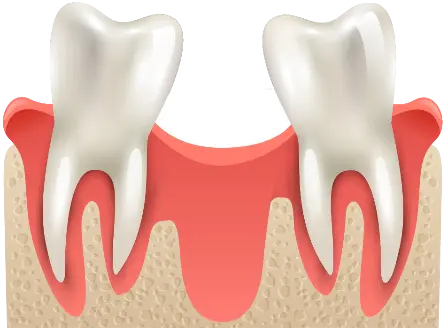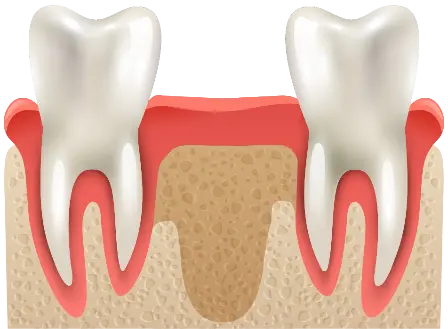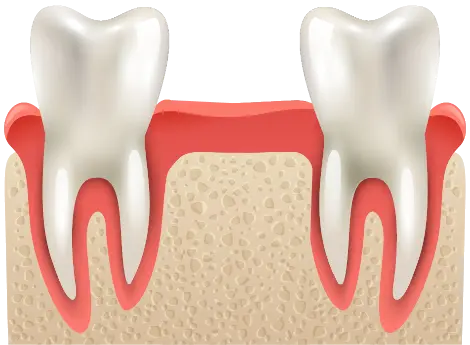Bone Augmentation
Bone Grafting in Antalya, Turkey
What is bone augmentation /Grafting?
Bone augmentation, also known as bone grafting, is a treatment that is frequently required when the jaw’s existing bone mass is insufficient to support dental implants. Today’s medical professionals can thankfully grow bone where it is required. A bone augmentation will help so that the bone can fuse to the dental implant (osseointegrate) and keep it stable when the bone mass is too thin or soft to hold an implant in place. The risk of a dental implant failing rises if it is positioned in the jaw where the bone structure is insufficient.
The Need for Bone augmentation
Bone loss is the most common reason for bone augmentation surgery. The regular motion and pressure of chewing keeps the bone in your jaw healthy. As a result, if a lost tooth or numerous missing teeth are not replaced, the bone in your jaw will break down and resorb. Even if a tooth is gone for only one year, 25% of the bone has already been lost in that period. To avoid bone loss, it is best to replace a lost natural tooth with an immediate dental implant. Other less prevalent reasons of bone loss include misplaced teeth, gum disease, infection, and facial malignancies.
 |
 |
 |
|
BEFORE: Bone Augmentation |
DURING: Bone Augmentation |
AFTER: Bone Augmentation |
|
When a tooth is lost, bone loss may occur at the area, allowing neighboring teeth to move. |
Fortunately, our specialists can fill the area with bone particulates. |
The particles will integrate into the existing bone, resulting in sufficient bone density for a dental implant. |
What To Expect
Procedures for bone augmentation usually take less than 30 minutes. You may anticipate spending 1.5 to 2 hours in our clinic, which includes consultation, procedure, and in-office recovery time.
Tips For a Speedy Recovery
Following your treatment, you may detect some bone fragments making their way out of the socket. In the mouth, this may feel “gritty.” This is perfectly typical and poses no danger. A membrane put over the socket may come free after a few weeks in certain circumstances; this is also not a reason for alarm. As the bone augmentation site heals, you will return for your next visit to check the bone is mending appropriately and you will be scheduled for your dental implant placement.

